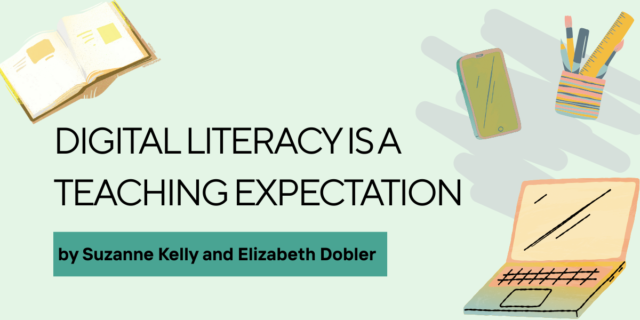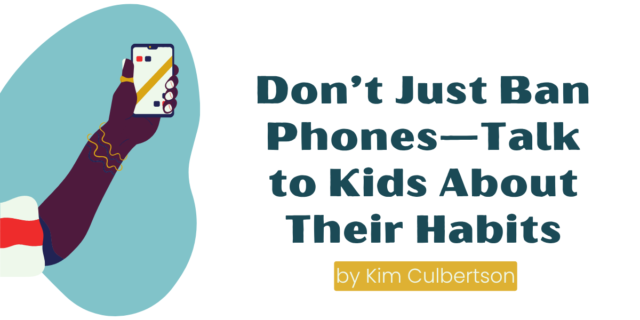
In recent years a shift away from the concept of teaching technology to that of integrating technology has begun. In essence, what this distinction boils down to is a move away from treating technology primarily as a skills-based, disciplinary subject that students do (e.g., “We have IT next period”) to seeing it as something that they use to enhance how they learn something else. With an integrated approach to technology education we treat technology as a tool that we can apply in all subjects and to various tasks, for the purpose of enhancing the learning process.
This does not mean that technology is not still also a subject in its own right: there will always be technology-specific skills and understandings our students need to have to be able to use it effectively, particularly as they move through school. What it means is that as the nature and application of technology beyond school have evolved, so too must our approach to how we use and teach with it. This will help students learn to make informed, discerning choices about when, why, and how to use technology in and beyond the classroom.
This is why an integrated approach to technology is so valuable for learning: it puts student learning at the center as its purpose. Technology integration doesn’t mean using technology all the time or, necessarily, more than you already do; it means using it purposefully, in ways and at times that make sense. When technology is integrated effectively it supports student learning in all its forms, allowing teachers to break down learning barriers and enhance wider teaching and learning.
What Is Effective Technology Integration?
Efficacy can be a tricky and subjective concept in education, since whether you consider something to have been effective or not really depends on what you hoped to achieve by doing it. We believe that the measure of truly effective technology integration is whether it enhances student learning.
When we think about technology’s purpose in the classroom, and how we can leverage its strengths to help students develop the ability to learn successfully, we frame it around what we call the 3 Cs of learning: communicating, collaborating, and constructing under-standing.
- Communication is vital to classroom learning, and we think about it in two ways: our communication as teachers and the communication we ask of our students. We ask students to communicate constantly: with themselves, each other, us, and the wider world.
- Collaboration is the ability to work with others to create, solve problems, and learn. Whether within students’ own class or school, or with other students, experts, and adults outside the school, working collaboratively is an extremely valuable skill for learning and one that is highly valued in adult life and work.
- Communication and collaboration are twin pillars supporting the ultimate goal of learning: constructing understanding. Being able to transfer learning and construct deep understanding relies on students having the opportunity and support to attach content to concepts and make connections between classroom learning and real life. This is what allows our students to take the facts, knowledge, and skills they have learned out of theory and into reality; it changes their learning from abstract to concrete. We can use technology in ways that allow our students to communicate and collaborate more effectively and more seamlessly.
How Can We Integrate Technology Effectively?
Effective technology integration isn’t about what you have; it’s about how you use it. And how you use it depends on so much more than just curriculum, or just devices, or just pedagogy. It depends on having a purpose-based, holistic, and student-centered approach to integrating all aspects of technology in learning.
The process of developing that vision for technology integration and realizing it in a sustainable way can be long and challenging, but we believe it is worthwhile. As educators and as writers, our aim in our practice and in this book is to share what we have learned in our teaching and our work with others about how and why technology integration can make a positive impact on learning and to present an effective framework for schools and teachers.
…
This blog has been adapted from Integrating Technology by Sarah Gilmore and Katierose Deos. Learn more at Heinemann.com

Sarah Gilmore is an EdTech Integration Specialist at Berlin International School in Berlin, Germany. She has taught internationally for many years as an Elementary classroom teacher, before specializing in the use of technology to enhance learning across the curriculum. In addition to her teaching and coaching work, Sarah presents at conferences and workshops internationally.
She is a co-founder of Intechgrate.eu with Katierose Deos, where she consults with schools and their teachers on integrating technology into wider teaching and learning. You can connect with her on Twitter at @S_J_Gilmore.

Katierose Deos started her teaching career teaching in K–8 classrooms in the United States. She is currently the Primary Years Curriculum Coordinator at Berlin International School in Berlin, Germany, where she works to implement, develop, and enhance curriculum at both the primary and whole school level. Katierose presents at conferences and workshops internationally.
She is a co-founder of Intechgrate.eu with Sarah Gilmore, where she consults with schools and their teachers on integrating technology into wider teaching and learning. You can connect with her on Twitter at @DeosKatierose.


